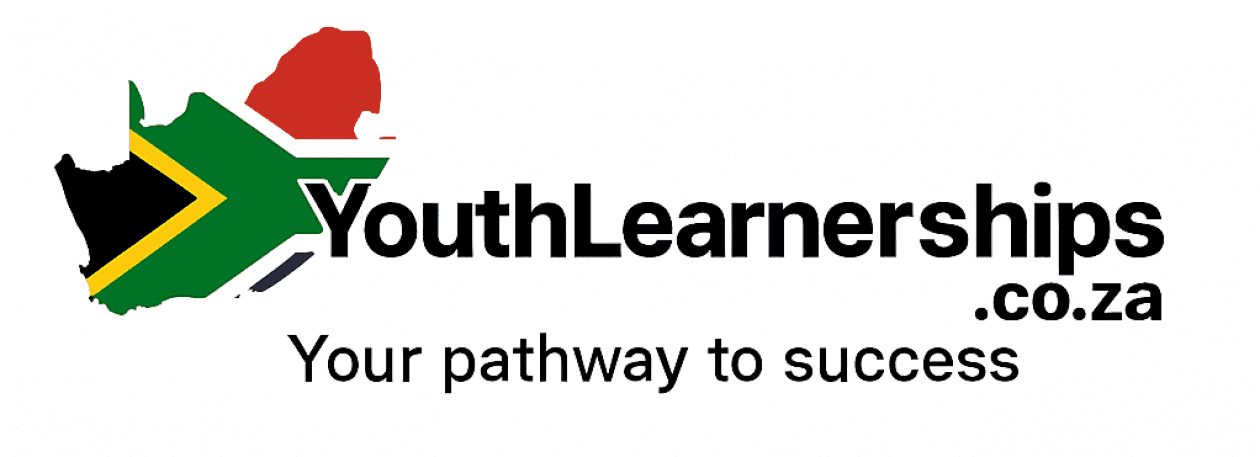Learnerships are one of the best ways to gain workplace experience while earning a recognized qualification in South Africa. But before you spend time applying, it’s important to know whether you meet the eligibility requirements. This guide will help you determine if you qualify for a learnership and what steps to take next.
Step 1: Understand What a Learnership Is
A learnership is a structured learning program that combines:
- Classroom-based theoretical training
- Practical workplace experience
It’s designed to give you both skills and a nationally recognized qualification, making you more employable. Learnerships are offered across industries such as:
- Engineering and Trades
- IT and Digital Skills
- Business Administration
- Healthcare and Social Services
Knowing what a learnership entails helps you match your skills and career goals with the right program.
Step 2: Check Your Education Level
Most learnerships require at least a Grade 12 (Matric) certificate. Some may accept:
- NQF Level 4 qualifications
- Post-school diplomas or certificates
Certain specialized programs may require higher qualifications, so always read the program requirements carefully.
Step 3: Consider Your Age and Work Experience
While there’s usually no strict age limit, some learnerships are targeted at youth or recent school leavers (typically 18–35). Work experience requirements vary:
- Entry-level learnerships often require none
- Advanced learnerships may require some prior work or internship experience
Understanding the type of learnership helps you focus on programs you are eligible for.
Step 4: Check Citizenship or Residency Requirements
Most South African learnerships require you to be:
- A South African citizen, or
- A permanent resident
Some programs may also accept candidates with valid work permits. Always verify before applying.
Step 5: Identify Any Additional Criteria
Some learnerships may have extra requirements, such as:
- Specific subjects or grades (e.g., Mathematics or English)
- Physical fitness or medical requirements (for trades or healthcare)
- Computer literacy or technical skills
These criteria are usually listed in the learnership application notice.
Step 6: Self-Assessment Checklist
Ask yourself these questions:
- Do I have the required educational qualifications?
- Am I within the target age or experience range?
- Do I meet residency or citizenship requirements?
- Do I have any additional skills or qualifications the learnership asks for?
If you answered “yes” to most or all, you are likely qualified to apply.
Step 7: Seek Guidance if Unsure
If you’re uncertain about your eligibility:
- Contact the SETA or QCTO provider offering the learnership
- Speak to a career counselor or training academy
- Check trusted learnership portals like Mysetalearnerships.co.za
Getting clarification before applying saves time and increases your chances of success.
Key Takeaways
Knowing if you qualify for a learnership is crucial for a successful application. Focus on:
- Education level
- Age and work experience
- Citizenship or residency
- Additional program-specific requirements
Once you confirm your eligibility, you can confidently apply for a learnership and take your first step toward building a rewarding career.
RELATED: How to Apply for a Learnership in South Africa: Step-by-Step Guide 2025
Lerato M. Khumalo is the founder of YouthLearnerships.co.za, a platform dedicated to helping South African youth access real learnerships, internships, and career opportunities. She’s passionate about youth development and committed to bridging the gap between education and employment.






